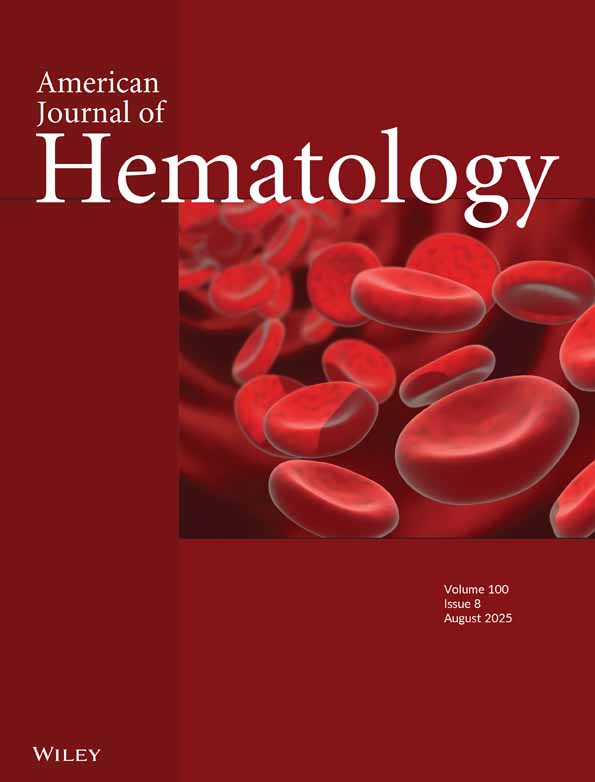Superior effect of intravenous anti-D compared with IV gammaglobulin in the treatment of HIV-thrombocytopenia: Results of a small, randomized prospective comparison
Abstract
This small, prospective, randomized study compared increases in platelet counts and duration of response after intravenous gammaglobulin (IVIG) and IV anti-D in patients with HIV-related thrombocytopenia (HIV-TP). Nine Rh+, nonsplenectomized HIV-positive patients with thrombocytopenia were treated sequentially, in random order, with IVIG and IV anti-D in a cross over design, receiving each therapy for 3 months. Peak platelet counts and duration of effect after each treatment were compared. In addition, viral load measurements and CD4 counts were followed serially, as well as thrombopoietin levels. IV anti-D resulted in a mean peak platelet count of 77 x 109/L compared to only 29 x 109/L after IVIG (P = 0.07). The mean duration of response was significantly longer in patients treated with anti-D (41 days) compared to IVIG (19 days, P = 0.01). No consistent changes were seen in the CD4 counts or viral load measurements as a result of either therapy. Thrombopoietin levels were normal in all patients despite often severe thrombocytopenia. Anti-D was more efficacious than IVIG for the treatment of HIV-TP, confirming and extending previous results. Anti-D should be the first line therapy in HIV-positive, Rh+ patients, when antiretroviral agents are not indicated, not effective, or there is an urgent need to increase the platelet count. Am. J. Hematol. 82: 2007. © 2006 Wiley-Liss, Inc.




